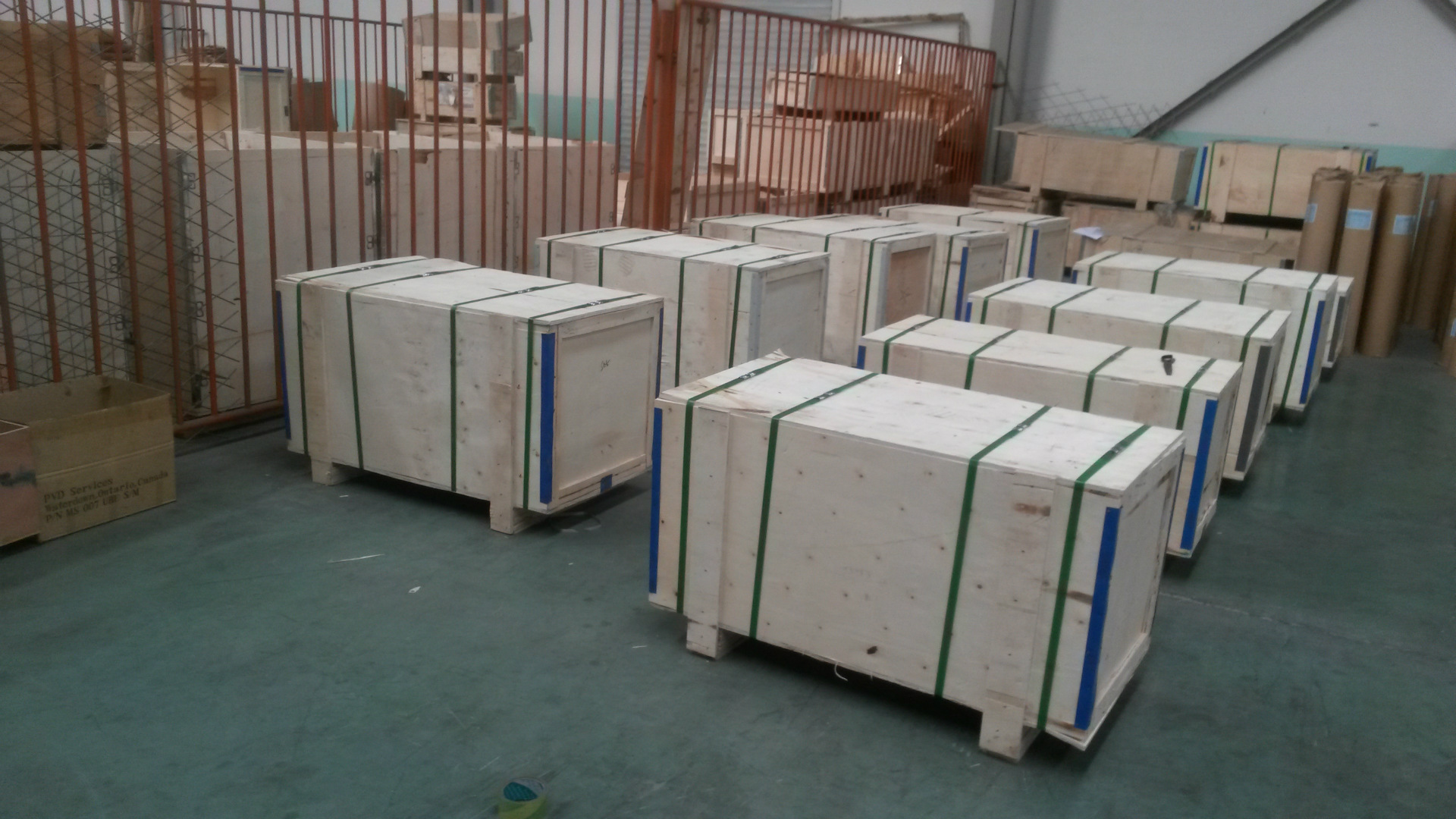evaporative cooling filter pads
9 月 . 22, 2024 05:40 Back to list
evaporative cooling filter pads
Understanding Evaporative Cooling Filter Pads
Evaporative cooling is a widely used technology for temperature regulation in residential and industrial settings. A crucial component of this system is the evaporative cooling filter pads, which play a vital role in enhancing the efficiency of the cooling process. Understanding the function, types, and maintenance of these pads can help users maximize their cooling systems’ effectiveness.
At its core, evaporative cooling uses water’s natural ability to absorb heat as it evaporates. In this process, warm air is drawn through water-saturated pads, where the water absorbs heat from the air, causing the air to cool before it circulates throughout the space. The filter pads are essential in this process, as they not only facilitate the evaporation of water but also provide a medium for air filtration.
Evaporative cooling filter pads are typically made from absorbent materials such as cellulose, synthetic fibers, or aspen wood. The choice of material significantly impacts the pads' performance and longevity. For instance, cellulose pads are known for their high absorbency and cooling efficiency, making them ideal for areas with high temperatures. Synthetic pads, on the other hand, offer durability and resistance to mold and mildew, which is essential for maintaining air quality and system efficiency.
evaporative cooling filter pads

The two primary types of evaporative cooling pads are rigid and flexible. Rigid pads, commonly made from cellulose, come in a structured design that allows for maximum airflow while ensuring a larger surface area for water absorption. Flexible pads are often made from synthetic materials that can be easily cut to fit into different system configurations. Choosing the right type of pad depends on the specific requirements of the cooling system and the environment in which it operates.
For optimal performance, regular maintenance of evaporative cooling filter pads is crucial. Over time, the pads can accumulate dirt, mineral deposits, and biological growth, which can hinder airflow and cooling effectiveness. It is advisable to check the pads periodically and clean or replace them as necessary. Cleaning can typically be done with mild soap and water, followed by thorough drying to prevent mold growth. For areas with hard water, using a water softener can help reduce mineral buildup on the pads, prolonging their life and maintaining efficient operation.
The efficiency of the evaporative cooling process can also be influenced by climatic conditions. In hot, dry climates, evaporative cooling systems tend to perform exceptionally well, providing substantial energy savings compared to traditional air conditioning systems. However, in humid conditions, their efficiency may be limited, as high moisture content in the air reduces the evaporation rate. As such, it is essential for users to assess their local climate when investing in evaporative cooling technology and choose appropriate pads for their specific needs.
In conclusion, evaporative cooling filter pads are integral to effective evaporative cooling systems. By absorbing water and facilitating the cooling process, these pads significantly enhance comfort levels in various environments. Understanding the types of pads, their maintenance requirements, and their interaction with environmental conditions can empower users to make informed decisions and optimize their cooling systems. With the right care, evaporative cooling filter pads can lead to energy-efficient and cost-effective cooling solutions, ensuring a comfortable atmosphere throughout the warmer months.
-
school
NewsJul.10,2025
-
Vacuum Packing Machine - Efficient & Reliable Vacuum Packaging Solutions for Food & Industrial Use
NewsJun.10,2025
-
High-Quality European Rabbit Cage Durable Welded Rabbit Cage Wire Mesh Supplier
NewsJun.10,2025
-
High-Efficiency Air Inlet Window for Optimal Poultry Ventilation & Cooling
NewsMay.30,2025
-
High-Efficiency Evaporative Cooling Pads Durable & Energy-Saving
NewsMay.30,2025
-
Automatic Egg Collecting Machine High-Efficiency Poultry Farm Solutions
NewsMay.29,2025






